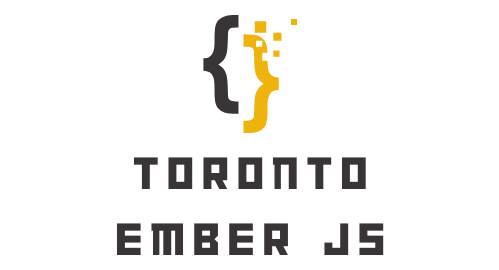Website security is an increasingly important issue for anyone who owns or operates a website. With the rise of cybercrime, it’s more crucial than ever to protect your website from security threats. In this article, we will discuss five common website security threats and how to avoid them.
Malware
Malware is a type of software that is designed to harm or disrupt computer systems. It can be installed on your website through various means, such as email attachments, infected software, or compromised websites. Malware can cause a lot of damage to your website, including stealing sensitive data, corrupting files, and disrupting website functions.
To avoid malware, it’s essential to keep your website’s software and plugins up to date. This includes your website’s content management system (CMS), as well as any plugins or scripts that you use. You should also regularly scan your website for malware and remove any infected files immediately. Additionally, be cautious when downloading any software or opening emails from unknown sources.
Brute Force Attacks
A brute force attack is a type of cyberattack that involves attempting to guess a user’s login credentials. This is done by using automated software that tries different combinations of usernames and passwords until the correct one is found. Brute force attacks can be very effective, especially if the user’s password is weak or easy to guess.
To avoid brute force attacks, it’s important to use strong passwords and enable two-factor authentication (2FA) on your website. 2FA requires a user to provide two forms of identification to log in, such as a password and a code sent to their phone. This makes it much harder for attackers to guess a user’s credentials.
SQL Injection
SQL injection is a type of cyberattack that involves inserting malicious code into a website’s SQL database. This can be done by exploiting vulnerabilities in a website’s code or by tricking a user into entering malicious code into a form field. Once the code is inserted into the database, attackers can access or manipulate sensitive data.
To avoid SQL injection attacks, it’s essential to keep your website’s code up to date and to use secure coding practices. This includes using prepared statements and parameterized queries in your code to prevent attackers from injecting malicious code. You should also regularly scan your website for vulnerabilities and patch any issues as soon as possible.
Cross-Site Scripting (XSS)
Cross-site scripting (XSS) is a type of cyberattack that involves injecting malicious code into a website’s pages. This can be done by exploiting vulnerabilities in a website’s code or by tricking a user into clicking on a link or downloading a file. Once the code is injected into the website, attackers can steal sensitive data or redirect users to malicious websites.
To avoid XSS attacks, it’s important to use secure coding practices and to sanitize any user input that is used in your website’s pages. This includes removing any HTML or JavaScript code from user input before it is displayed on the website. You should also be cautious when clicking on links or downloading files from unknown sources.
Distributed Denial of Service (DDoS) Attacks
A distributed denial of service (DDoS) attack is a type of cyberattack that involves overwhelming a website’s server with traffic. This is done by using a network of computers to send a large amount of traffic to the website at once. DDoS attacks can cause a website to become slow or unresponsive, which can be frustrating for users and can damage a website’s reputation.
To avoid DDoS attacks, it’s important to use a content delivery network (CDN) and to have a plan in place for dealing with attacks. A CDN can help distribute traffic to different servers, which can help reduce the impact of a DDoS attack. It’s also important to work with your web hosting provider to ensure that they have measures in place to detect and mitigate DDoS attacks. Additionally, it’s a good idea to have a backup plan in case your website does become unresponsive, such as having a secondary server or temporarily redirecting traffic to a different website.
Website security is a critical issue that should not be overlooked. By understanding the common threats to your website’s security and implementing the appropriate measures to protect it, you can safeguard your website and ensure that it remains secure for both you and your users. Remember to keep your website’s software and plugins up to date, use strong passwords and 2FA, sanitize user input, and have a plan in place for dealing with cyberattacks. By doing so, you can protect your website from malicious attacks and ensure that it remains a safe and secure place for your users.




